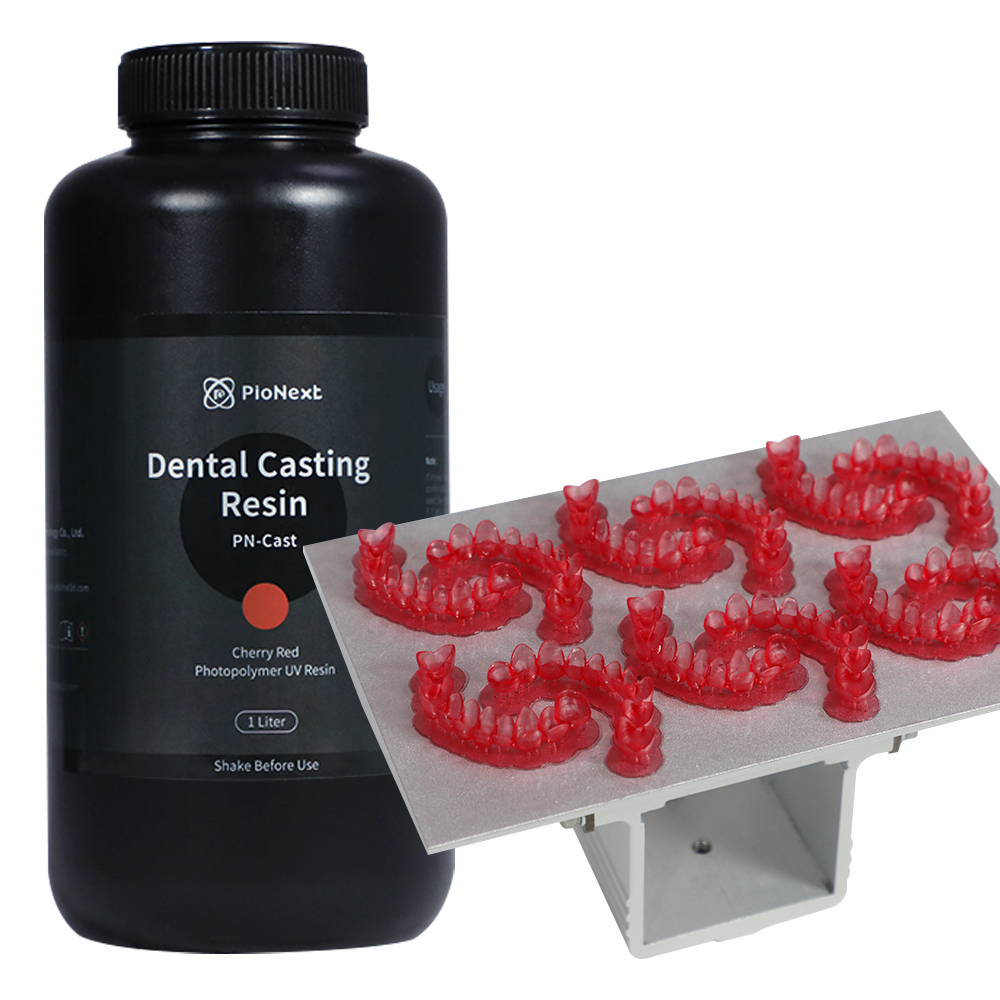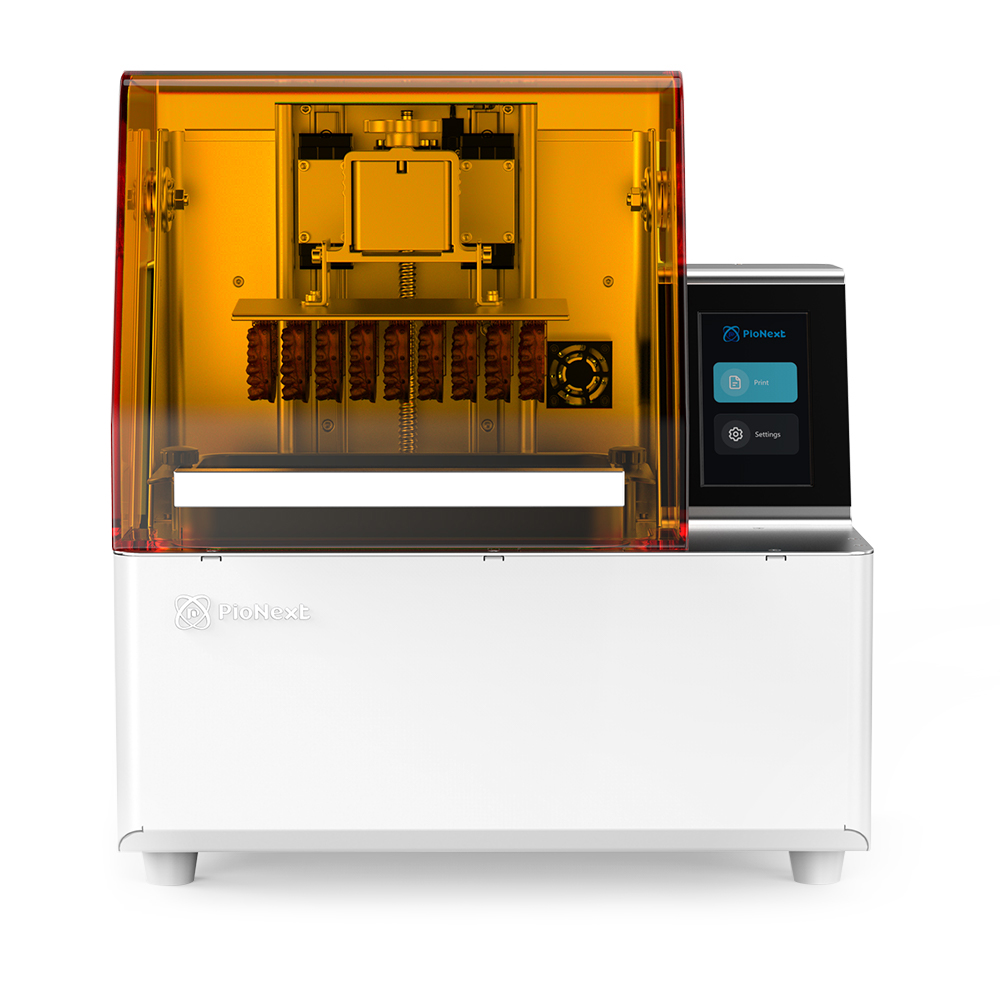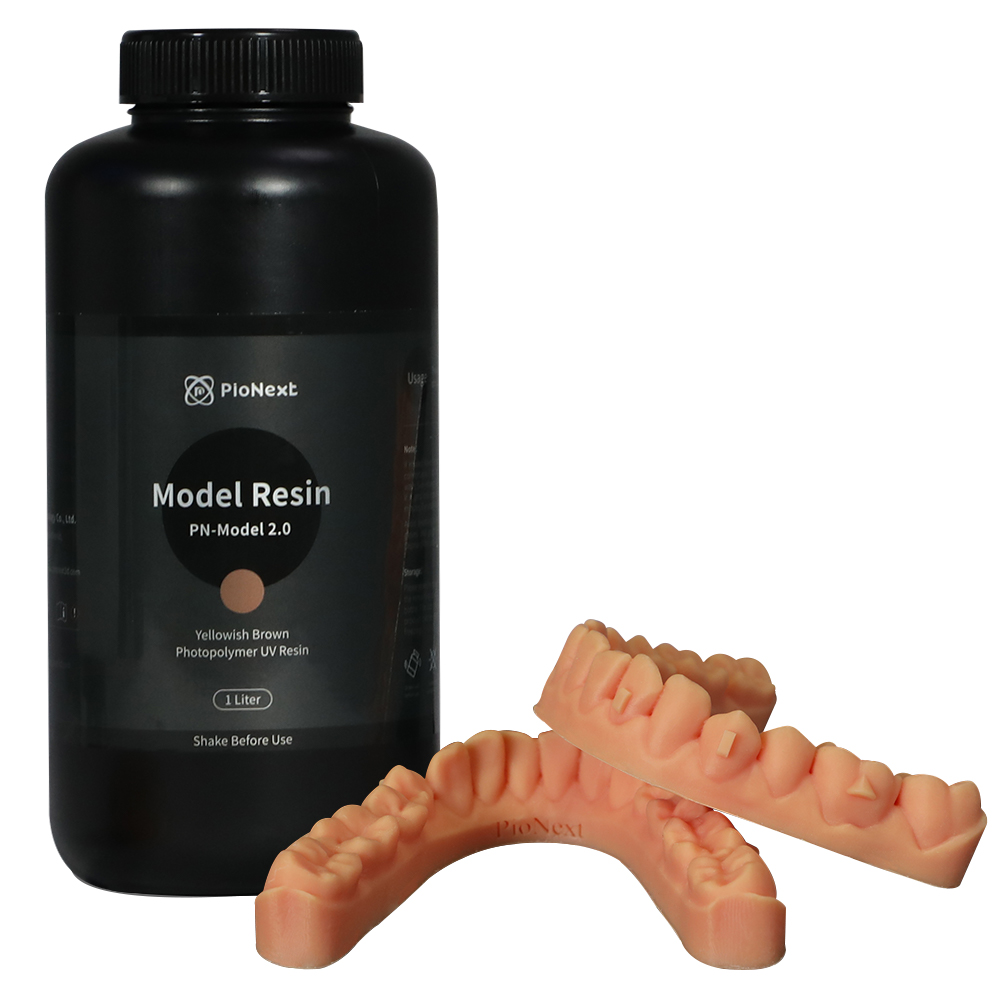Piocreat:Industrial-grade particulate 3D printers make printing more efficient-Piocreat
At this stage, FDM 3D printers are still the mainstay on the market, and typical wire extrusion technology has many limitations. By adopting a design that is extruded directly from plastic pellets instead of wires, many of these restrictions can be avoided, and it is suitable for printing in more industries. There are several benefits of using plastic pellets for 3D printing, including faster printing time and lower cost. In recent years, Piocreat has continued to make efforts to develop industrial-grade
particle 3D printers in depth. In September this year, it has successively launched large-scale particle extrusion 3D printers G5 and G12 suitable for multiple industries.
Simplify the traditional manufacturing process, and the price of printed parts can be more affordable
The pellet 3D printer does not simply melt the plastic pellets and extrude them into filaments for reshaping, but melts the pellets and directly extrudes them onto the 3D printer bed to print the model. In the past, the cost of 1 kg of wire rod ranges from 20 USD to 60 USD, but the same amount of granular plastic costs only 2 USD to 5 USD, and it can be widely used, and the used materials can even be recycled and reused.
The flow rate of 5 pounds per hour greatly shortens the printing time
Another advantage is speed. When 3D printing large objects, speed is another limiting factor. When strength and production speed are critical, particle 3D printing is the best solution. Pellet extrusion can be three times faster than high-capacity filament extrusion. On the G12, we used a 3 mm nozzle to achieve a flow rate of 5 pounds per hour, and a 1 mm nozzle to achieve a feed rate of 7000 mm per minute. Through further optimization, we hope to increase the flow rate to six or seven pounds per hour. Compared with wire extrusion, you will feel extremely comfortable at a flow rate of 7 pounds.
G12 can also promote the printing of particle 3D printing by using a housing with a temperature control system
Nowadays, many pellet extrusion devices on the market are open-air, and they are restricted when printing many materials, such as carbon fiber materials. G5 and G12 pellet extruders will be able to print high-temperature plastics and even metals, such as PLA, ABS, PVC, PC, PA, HDPE and other improved consumables. So far, the open-air test printing using ABS, PLA, PETG and thermal composite materials has proven to be very successful. The Piocreat G series R&D team is currently working on optimizing the use of various materials for printing in the housing.
It has to be said that this economical pellet extrusion 3D printer has groundbreaking significance in the 3D printing industry. This 3D printing method is very suitable for those who want to combine additive manufacturing and subtractive manufacturing, use a pellet extruder to quickly print parts, and then use a CNC machine to complete the product.




